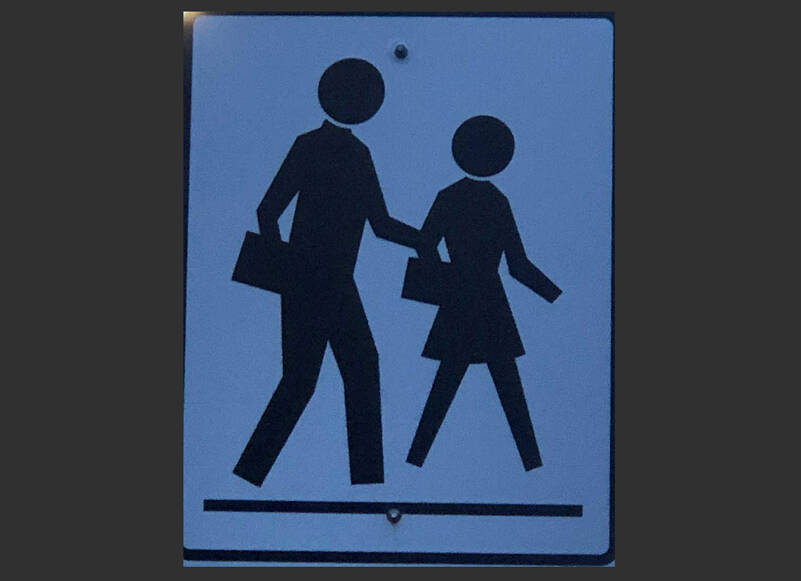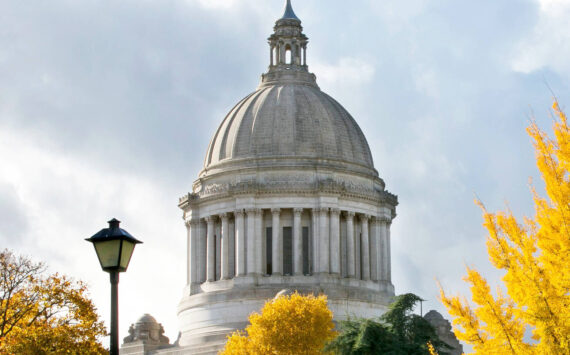By Morf Morford
Tacoma Daily Index
School’s out – but not for long
We’ve just passed the season of school and graduations. Schools and school staff are already preparing for the coming school year. And, like everything else, school is not what it once was.
And not yet what it will be.
School districts across the country have experienced budget crises because of enrollment drops caused by the pandemic. One glaring example is Seattle, the state’s largest school district, which is experiencing plummeting school enrollment leading to unforeseen budget problems.
Across the state, school districts receive money from the state based on the number of students enrolled, so a drop in enrollment means less money.
And the drop in enrollment does not hit school districts – or schools – equally. In the past two years, for example, Seattle had a 6.4% enrollment drop – almost double the state’s 3.4% decline.
And expenses have gone up.
Primarily due to the pandemic, most school districts have more of their budgets dedicated to technology as almost every district needed to invest in additional lap tops or other technology for students and staff.
Other than the budget for general education, special education is the next-highest category of spending. And that special education budget, as a proportion of the larger budget, is growing dramatically.
Students in special education are staying enrolled in public schools at a higher rate than students in general education.
So-called “regular” students have more options. They might attend private or charter schools or even leave the district.
Special education students and English language learners are the least likely to move on.
Wealthy schools have seen the biggest staffing adjustments while higher poverty schools had the fewest reductions.
As in every other situation, more money means more options for students and parents – and an even more variable situation for school decision makers.
Making the numbers work
Short term fixes are available – state legislators approved temporary, one-time funds for school districts to supplement enrollment drops. The drop in students is not, however, expected to be temporary.
This decrease has been gradual, but, for a variety of reasons, shows no indication of slowing.
Seattle Public Schools, for example, is projecting its lowest enrollment numbers for the 2022-23 school year since at least 2015.
Thanks to enrollment drops, staff are being shuffled around all of our school districts based on the number of students.
From bus drivers to maintenance workers to substitute teachers, finding reliable staff – and getting them where they are needed has become the ultimate scramble and scavenger hunt for administrators.
This is the ultimate puzzle – with a thousand moving parts, maybe a few pieces missing and little sense of what the final product should look like.
One of the problems is that, for whatever reason, the age distribution of students not returning to school is not even remotely equal. High schools have had the fewest staffing adjustments due to enrollment losses, while the largest decline in students was in kindergarten.
For younger children in particular, COVID mandates and restrictions from masks, social distancing and vaccinations were defining features.
More parents working from home or with variable work schedules have upended expectations about when, or even in some cases, if, schooling should begin.
As with so many areas of our culture and economy, parents, teachers and school administrators are wondering if those changes are going to be permanent or if we’ll return to something vaguely resembling normal – or at least a school year relatively stable and predictable.
For most of us, the school year may be over, but those working behind the scenes might be busier than ever.
From COVID, to the economy, and a dozen other factors, what was once relatively foreseeable, like starting school at a certain age, or physically going to school or even graduating – or what to do after graduation is suddenly a whole new territory with rules and possibilities we have barely begun to recognize.
Schools are changing, who goes to school is changing and, perhaps most of all, what we expect schools to do is changing. And like most shifts in history, these changes will impact us all.






